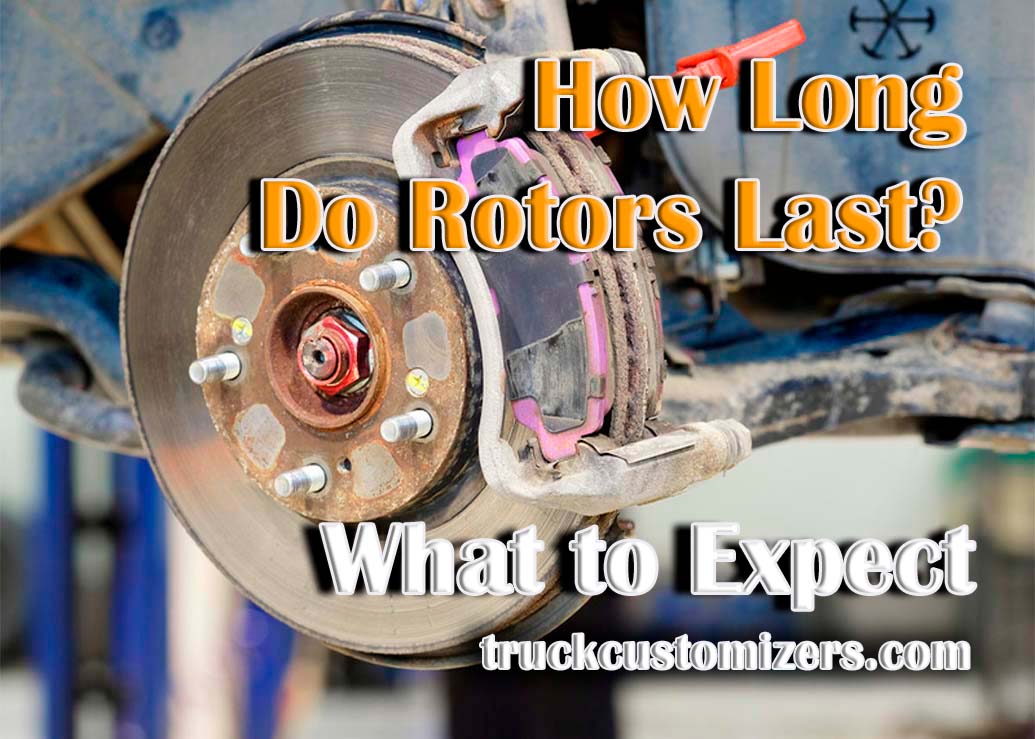Every vehicle, whether it’s a compact car or a large truck, relies heavily on its braking system. This system is paramount in ensuring the safety of the occupants and other road users. Historically, vehicles employed basic braking mechanisms. Over time, with technological advancements, braking systems have evolved to become more complex, yet more efficient. The main role of any braking system is to ensure that a moving vehicle can slow down or come to a complete stop when needed, doing so by converting kinetic energy into thermal energy through friction. Among the various innovative braking methodologies that have emerged, intermittent braking is a concept that has garnered attention for its distinctive functionality.
Defining Intermittent Braking
When diving into the intricacies of braking systems, it’s essential to understand intermittent braking—a unique and vital component in modern vehicles. In simple terms, intermittent braking refers to a braking pattern where the brake’s application isn’t sustained but occurs at intervals. This means that instead of a steady and constant application of brake force, the system intermittently engages and releases the brakes in rapid succession. Such a system might initially sound counterintuitive, but its primary design goal is to prevent scenarios like wheel lockup, especially prominent in anti-lock braking systems (ABS).
Advantages of Intermittent Braking
Intermittent braking, while unique, brings a myriad of benefits to the table. Some of its notable advantages include:
-
Enhanced Road Safety: By preventing wheel lockup, intermittent braking ensures that tires maintain their grip on the road. This reduces the chances of skidding or losing control, particularly on wet or icy surfaces.
-
Better Vehicle Control: Drivers gain an improved sense of command over their vehicles with intermittent braking, especially during unexpected braking scenarios. This gives them confidence in high-pressure situations.
-
Reduced Wear on Brake Components: Given the intermittent nature of this braking system, brake pads and discs are subjected to less constant friction. This not only extends their lifespan but also translates to lowered maintenance costs for vehicle owners.
-
Optimized Fuel Efficiency: The intermittent braking system, especially when combined with other advanced vehicular technologies, can contribute to better fuel economy, saving drivers money at the pump over time.
With all these advantages, it becomes clear why many modern vehicles are incorporating intermittent braking as a standard feature. However, for those looking to further boost their vehicle’s performance, it might be worth checking out our article on the Best Leveling Kits for Silverado for insights on enhancing your vehicle’s stance and road presence.

Potential Drawbacks of Intermittent Braking
While the benefits of intermittent braking are evident, it’s essential to be aware of some potential drawbacks or concerns associated with this system. For instance:
-
Learning Curve: For drivers who are not accustomed to it, the feel of intermittent braking can be a bit different. It may take time to get used to the pulsating sensation under the brake pedal during activation, especially in emergency braking situations.
-
Maintenance Cost: While the system reduces wear on specific brake components, if the intermittent braking system malfunctions, the repair or replacement can be costly, given its technological sophistication.
-
Over-reliance: Some drivers might become too dependent on the system, potentially compromising their braking skills in vehicles without this feature.
Intermittent Braking vs. Traditional Braking
Traditional braking relies on the driver’s intuition and experience, allowing for a more ‘analog’ control over the braking pressure. On the other hand, intermittent braking offers a more ‘digital’ experience, with computer-controlled pulses ensuring optimal wheel grip. Both have their places in driving. Traditional braking provides a raw, unfiltered connection between the driver and the road, while intermittent braking offers an added layer of safety. It’s essential to understand the nuances of both to determine which suits your driving style and needs best.
Conclusion
The concept of intermittent braking offers insight into the future of automobile engineering and how innovations are increasingly centering around driver safety and efficiency. Understanding this system allows drivers to be more informed and make better decisions while on the road. However, it’s crucial to remember that while technology can aid and improve driving experiences, it doesn’t replace the need for caution and awareness. Technologies evolve, but the responsibilities of a driver remain. The emphasis should always be on practicing safe driving habits, staying updated with vehicle maintenance, and ensuring that every journey, regardless of its length or destination, is approached with safety as its core principle. As we navigate the evolving world of vehicular advancements, prioritizing foundational driving ethics ensures not just personal safety but also contributes to overall road safety.



